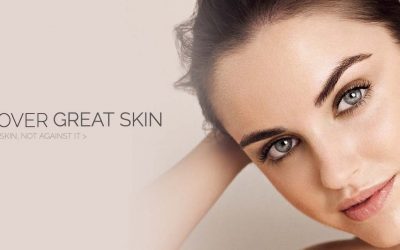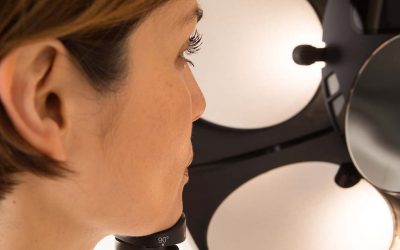Your Skin Through the Ages

Discover you’re skin condition over time
Learn how your skin changes through various stages of life.
Explore common skin conditions through the ageing process and treatment options to keep your skin looking lush.
PRETEENS & TEENAGERS
Skin problems can appear before teenage years, with acne starting as early as nine or ten. Adolescence is a period of significant physical change. This includes the process of puberty, with an increase in hormonal production. These hormonal changes affect our skin and includes an increase in oil production (sebum). Acne sufferers should seek treatment as soon as the problem arises to prevent unnecessary scarring and suffering. Acne left untreated may affect self-confidence and lead to low self-esteem. Select treatments start from the age of 12 and up.
TWENTIES
It is important not to neglect your skin in these years, as it heralds the onset of expression lines while laughing, talking, and frowning. Even as young as twenty-five, our face begins to show visible signs of ageing. Collagen levels start to fall and cell renewal slows. Wrinkles are virtually non-existent, but you need a good sunscreen and a regular skincare routine. Fat decreases from the under-eye area and the formation of dark shadows can occur.
THIRTIES
In our thirties, the skin still glows, but the aging process starts to show. More fine lines and wrinkles start to appear as elastin and collagen continue to break down. This causes the edge of our brow to begin to sag, forehead lines appear and the skin beneath and around our eyes starts to thin. Stretch marks are also common in this age group from childbearing and other causes. The correct use of skincare products and the right treatment options helps minimise lines and creases.
FORTIES
In our forties, deeper lines begin to etch around our mouth and eyes. Furrows appear on our forehead and circles darken around the eyes. The focus needs to be on generating natural collagen. Think of it as superannuation for your skin. The idea is to put away as much collagen as possible in your forties and early fifties, so when the time comes that your body can no longer produce it, you have plenty in reserve.
FIFTIES
Between the age of forty and fifty collagen production slows dramatically and we lose the ability to replenish collagen stores. By this age, both menopause and the sun have wreaked havoc on our skin, especially if you haven’t been a loyal user of sunscreen. Our hormone changes increase glycation, a phenomenon which rapidly breaks down the natural collagen support, causing the skin to sag. Our lips continue to thin to the extent that the border may no longer be evident. Fine lines deepen and age spots can appear.
SIXTIES AND BEYOND
It is perfectly possible and acceptable to be both sexy and gorgeous in your sixties and beyond… Why shouldn’t you be? Many people in their sixties say that they feel younger than they look. By the time we are in our seventies our skin has thinned considerably. Estrogen contributes to sebum production, and thus when this reduces, the skin becomes drier. Estrogen also stimulates fat deposits which serve to make the face, hands and neck look more youthful appearance. Pigment producing cells, controlled by estrogen, slow down, causing irregular dark patches and brown spots on the back of hands and face. Non-surgical treatments are still possible, but age, health and medication need to be taken into consideration and expectations should be realistic.
Treatment options:
Microdermabrasion
Facial Peels
Oxygen Facials
LED Light Therapy
Fat Reduction
Check out these posts
How does Microdermabrasion Work to Improve Your Skin?
This is the secret to instantly younger, more beautiful skin If your skin appears dull, lifeless, or even older than you’d like, give it a hydration boost with our microdermabrasion treatment. Get ready to walk out of your treatment feeling absolutely fabulous,...
5 Dominant Skin Concern Types That Affect the Look of Your Skin
Research Shows: – 78.8% of women say their skin is their main concern – 9 out of 10 women feel that their skin is dehydrated – 64% of women say this affects their confidence. Do you have the same or similar feelings about your skin? Learn the 5 most common skin concern types and what you can do about it.
Revealing professional analysis technology with 6 magic modes that results in amazing skin health
When carefully looking at the skin, a number of features can be recognised which contribute to the overall appearance of someone’s skin. The appearance of the surface of the skin is the result of a complex interaction between light revealing the fine textures and glyphic patterns of the surface, the shine of the light reflecting of the lipid film or the scattering of light through rough or dry skin cells. A skin analysis is important to determine what is the right treatment and skincare for your skin health.



